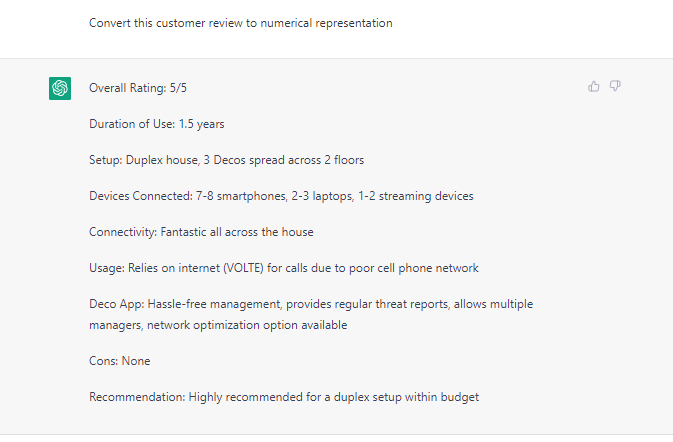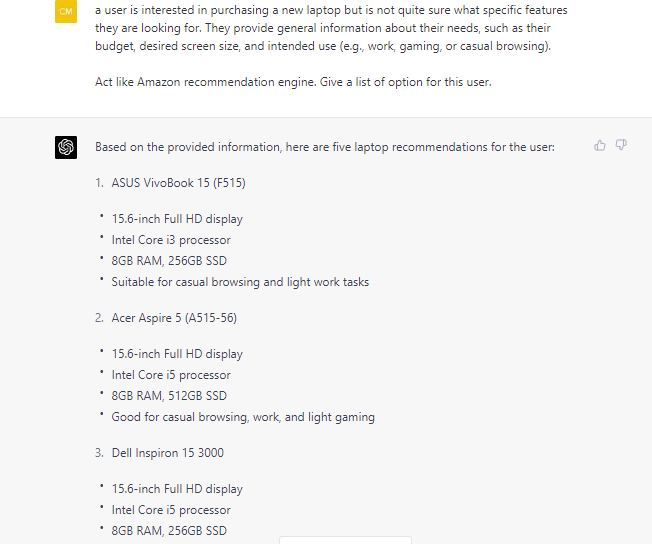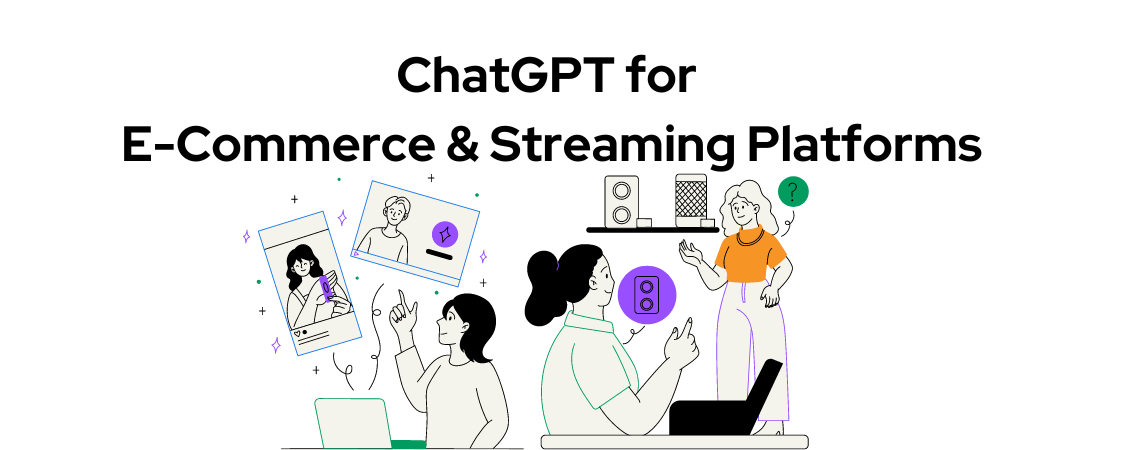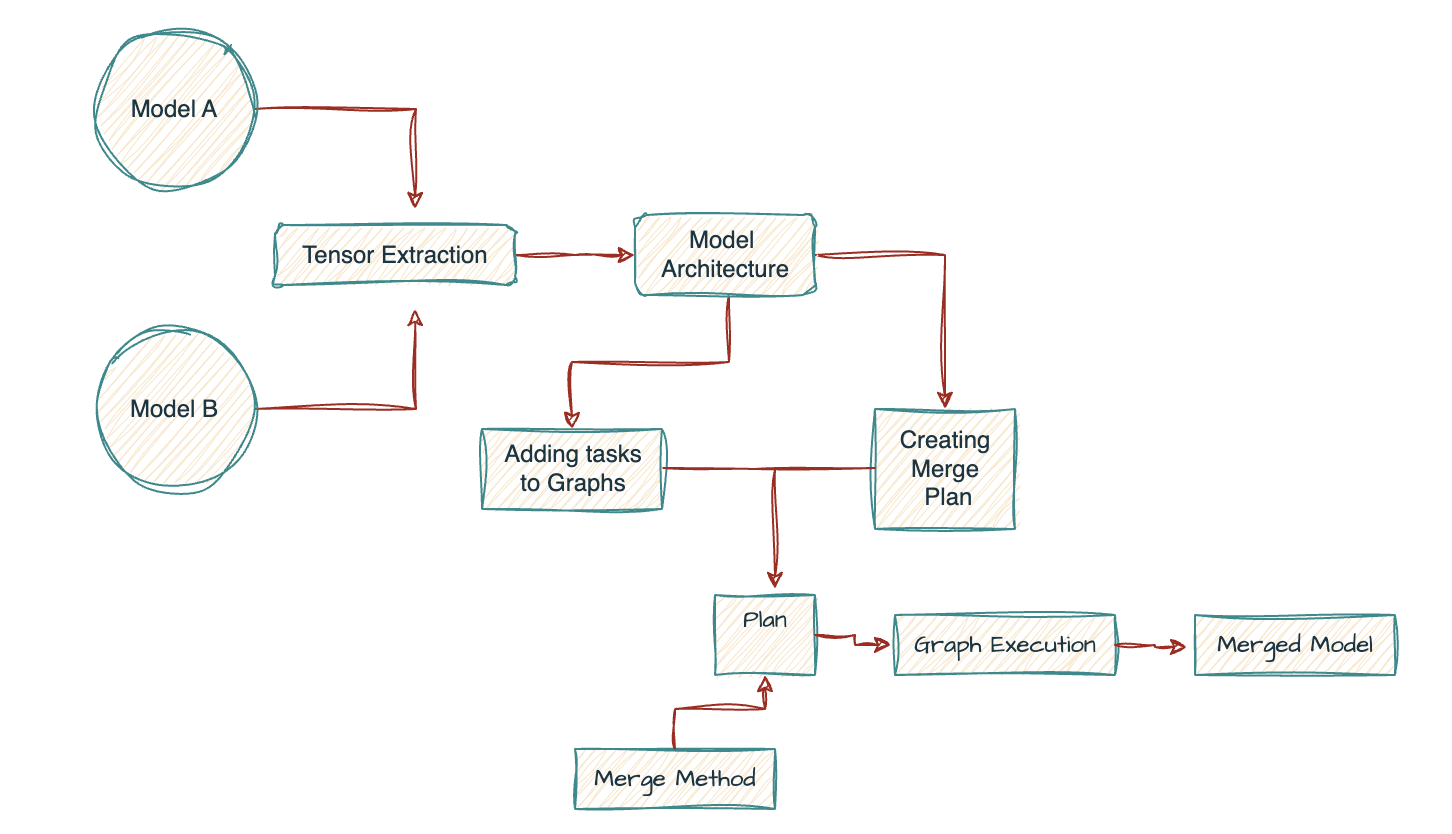So last night, you binged watched Strange Things. Now Netflix is there with a long list. From The Umbrella Academy to Locke & Key. It is just poking you.
Have you ever noticed how Netflix always seems to suggest the perfect movie for you to watch next? Or how Amazon always seems to know exactly what you need before you do?
It's not magic. It's the power of the recommendation engine at work. These algorithms use data from your past behavior to identify patterns and make recommendations tailored to your unique interests and preferences.
Whether it's suggesting your next binge-watch, page-turner, or baking tool, RS is revolutionizing how we shop, watch, and consume content online.
It may seem all good with the traditional RE tools. But can GPT4 beat them?
Let's dive deep into this article to discover how it can superpower your business.

What is a recommendation engine?
A recommendation engine is an automated system that suggests products and services to users based on past actions. They are also called recommenders. Recommenders personalize web experiences using statistical modeling, machine learning, and behavioral and predictive analytics algorithms.
In the case of streaming services such as Netflix, the recommendation engine uses information such as the user's viewing history, ratings, and preferences to recommend movies and TV shows that they are likely to enjoy. The recommendation engine may also use data on what other users with similar viewing habits have enjoyed to make suggestions. This keeps users engaged with the service and may persuade them to renew their subscriptions.

Recommendation engines are used in e-commerce to suggest products that a user might be interested in based on their browsing and purchasing history. If a user has recently purchased a pair of shoes, the recommendation engine may recommend socks or shoe care products. This increases the chance of repeat purchases. By suggesting complementary products, can increase the average order value.
What is the importance of recommendation engines?

🌟 Boost sales and the average order value
A great way to boost sales and AOV is to suggest complementary items to your customers as they check out your online store. Using a recommendation system, you can increase conversion rates and AOV significantly. A recommendations engine allows you to incorporate multiple data sources into a single recommendation algorithm.
Customers can interact with your brand in real-time and receive timely, personalized recommendations. The more relevant products your customers see, the more likely they will purchase. In turn, it increases your sales and average order value.
Amazon's e-commerce site, from the homepage to individual product pages and the shopping cart, features recommendation widgets. This has a significant impact on their income. Amazon's recommendation engine accounts for 35% of the company's income.
🌟 Better user experience
Recommender systems can also increase spending and improve user experience using data algorithms and inferences. It can gauge what customers like based on their past preferences or what similar customers have bought.

🌟 Delivers Relevant Content
Creating unique and helpful content is a powerful tool for any business to live up to consumers' expectations. The recommended system enables companies to tailor customer interactions and recommend relevant products. It can also analyze the customer's website activity and browsing history to provide useful product suggestions. The best part is that this information is gathered in real-time. So the software adapts to changes in consumer tastes and purchasing patterns.
🌟 Increases Views On A Website
Using a recommendation engine can increase your website's qualified visitors. It can do this with personalized email messages and targeted blasts.
How does it work for streaming services and ecommerce?
Typically, a recommendation engine will go through the following four steps to process data:
🖊️ 1. Collection
Users can give explicit data, like ratings and comments on products, or it can be inferred from things like page views, order history/return history, and cart events.

👜 2. Storing
The type of data you use to generate recommendations can influence your choice of storage, such as a NoSQL database, a traditional SQL database, or object storage.
🔍3. Analyzing
Whether it's batch, real-time, or near-real-time system analysis, the recommender system filters the data to find items with similar user engagement.

🧑🎤 4. Filtering
Finally, the data is filtered to extract the specifics needed to make suggestions to the user. To make this happen, pick an appropriate algorithm for the recommendation engine from the variety of algorithms described below.
The challenges of recommendation engine
Recommendation engines generate great revenues for Netflix or Amazon but also face some challenges.
😐 1. Alternative Terms
The problem of synonymy arises when two or more names or lists of items (such as "rom-com" and "romantic comedy") have the same meaning but are used to refer to the same thing. This prevents the recommendation system from knowing whether the terms refer to different products or the same one.

😵💫2. Scalability
The scalability of algorithms using real-world datasets is another challenge for recommendation systems. Due to the increase in products and customers, the conventional method is often unable to keep up. It results in difficulties with data collection and decreases efficiency.
🤐3. Problems with Latency
When more products are regularly added to a recommendation engine's database, latency problems emerge. Since there is no rating for the new products, recommendations are limited to existing ones.

😶 4. Lack of Sparsity
Sometimes customers don't bother to leave feedback after buying a product. The rating and review model lacks data. It makes it harder to find a group of buyers who share preferences or ratings.
How can GPT4 optimize recommendation engines to deliver personalized experiences for users?
GPT-4 can assist in enhancing the recommendation process for streaming services and e-commerce platforms through its natural language understanding and generation capabilities. Here's how GPT-4 can contribute to each of the four steps:
✅1. Collection
GPT-4 can analyze user-generated content, such as comments, to understand user preferences, interests, and sentiments about products or content (e.g., movies, music). It can assign sentiment scores or extract key information from comments to derive insights.


🚀 2. Storing
GPT-4 can help structure and preprocess the collected data before storage. For example, it can summarize lengthy comments or convert text data into numerical representations, making it easier to store and analyze in databases. While GPT-4 does not directly interact with the storage system, it can process and prepare the data to be stored more efficiently.

🤗 3. Analyzing
GPT-4 can identify patterns and relationships among users and items (products or content) based on user behavior data, making recommending items to users with similar preferences easier. It can analyze product descriptions or metadata (e.g., movie genres, director, actors) to understand their features or characteristics. By matching these features with user preferences, GPT-4 can generate personalized recommendations.
Let's say a user is interested in purchasing a new laptop but is not quite sure what specific features they are looking for. They provide general information about their needs, such as their budget, desired screen size, and intended use (e.g., work, gaming, or casual browsing).
GPT-4 can then analyze product descriptions and metadata for laptops available on the market, including information such as processor type, RAM, storage capacity, graphics card, and display resolution. It can also consider other characteristics such as battery life, weight, and build quality.

Based on this analysis, GPT-4 can generate personalized recommendations for the user, considering their stated preferences and desired features. For example, it might recommend a laptop with a powerful processor and dedicated graphics card for gaming or a lightweight model with long battery life for frequent travel. It could also recommend specific brands or models based on the user's purchase history or browsing behavior.
🔋 4. Filtering
GPT-4 can help select the most appropriate algorithm for the recommendation engine by evaluating the performance of different algorithms on the dataset. It can also assist in refining or fine-tuning the chosen algorithm to improve its performance further.
Let's say a music streaming service wants to recommend songs to its users based on their listening history. They have a dataset of user behavior, including the songs they've listened to, skipped, and added to their playlists.
The streaming service should select an algorithm to analyze this data and provide personalized recommendations to each user. GPT-4 can help by evaluating the performance of different algorithms on this dataset, such as collaborative or content-based filtering. It can analyze the data and determine which algorithm is most effective at identifying patterns and similarities in users' listening behavior.

Once the most appropriate algorithm is selected, GPT-4 can help refine it further to improve its performance. For example, it can fine-tune the algorithm's parameters, such as the weighting of different factors or the number of songs used to make recommendations. This can lead to more accurate and relevant recommendations for each user. It will increase their satisfaction with the service and keep them engaged with the platform.
Benefits of optimizing GPT4 for recommendation engines: Apart from personalized user experience

💚1. Greater accuracy
Use collaborative filtering, content-based filtering, or hybrid approaches to recommendation generation with the help of GPT4's language model. It leads to more precise and applicable recommendations, which will likely be more well-received by the target audience.
😊 2. Scalability
Businesses can scale their recommendation engines to accommodate growing user bases and inventories with GPT-4's ability to process and analyze large volumes of data from various sources without sacrificing recommendation quality.
🤑 3. Less manual work
GPT-4 automates data analysis and recommendation generation, saving time and resources.

😎 4. Quicker iteration and release times
GPT-4's pre-trained model can be fine-tuned for specific applications. Businesses can develop and deploy recommendation engines more quickly than starting from scratch.

Ready to reap the benefits?
It's clear that by adopting GPT-4 and harnessing its capabilities, you can meet and exceed customer expectations, increasing customer loyalty, retention, and revenue. So, don't JUST recommend it. Make it personal. So they can't refuse your offer.
Schedule a free call with our CEO Rohan today!



.png)


